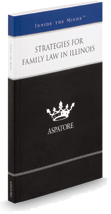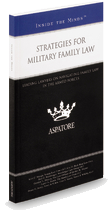On behalf of Stange Law Firm, PC posted in child custody on Thursday, October 25, 2018.
As a parent in Kansas, you naturally want to do what is in your child’s best interest in everything, including your divorce from your spouse and the child custody proceedings that result from it. However, in certain cases, the best interests of the child may be difficult to determine.
According to FindLaw, the main challenge to resolving a child custody dispute often comes down to the practicalities of maintaining and promoting close relationships between the child and each parent. For this reason, it is often a family court judge who makes a final custody decision, although mediation may allow parents and their attorneys to resolve the matter without the court’s intervention.
A judge called upon to render a decision in a child custody case takes many different factors into consideration, with the paramount concern always being the ultimate happiness and safety of the child. The factors considered generally relate to your capacity to parent and your particular circumstances, as well as the circumstances of the child.
The courts acknowledge that a close and loving relationship with each parent is generally in the child’s best interest. However, in situations where there is a pattern of abusive behavior, domestic violence or addiction to alcohol/drugs that may endanger the child’s safety, a close relationship may not be in the child’s best interest.
A family court judge will also take the child’s circumstances into consideration, including the child’s age and sex, special needs, interaction with other household members and need for continuation of a stable home environment. If the child is old enough to express a reasonable preference as to custody arrangements, the court will take his or her wishes into consideration.
Due to the long-term effect that custody decisions can have on a child’s development, it is essential not to lose sight of the best interests of your child when attempting to resolve custody disputes.
The information in this article is not intended as legal advice but provided for educational purposes only.



